Championship Manager 4

- Developer: Sports Interactive Limited
- Genre: Sport
- Originally on: Windows (2003)
- Works on: PC, Windows
- User Rating: 7.3/10 - 3 votes
- Rate this game:
Game Overview
This Is the big one. Forget goblins, motor racing and guns - the release of Championship Manager 4 is the single most important gaming event this year. A brave new world for the series, it’s the biggest gamble developer Sports Interactive has ever taken. If you’ve been living under a stone for the last year, know this: Championship Manager 4 features moving graphics, thus bucking a trend that has seen the series flourish over the past decade. This may not become immediately apparent from a perusal of the surrounding screenshots - and admittedly you won’t be needing a new 3D card to make it all happen - but nevertheless the inclusion of a real-time. 2D match engine represents a major departure for the game, and it will undergo intense scrutiny from the fanatical CM community.
So how does it work? And more importantly, does it work? In answer to the first question, it works by showing the match action from an overhead perspective, with players represented by circles bearing their squad numbers and, when the ball is near them, their surnames - something akin to the tactical aid used by many Premiership clubs, and used briefly to such ill effect by Terry Venables on last year’s The Premiership show.
The ball itself is represented by a yellow dot, which, to represent perspective, gets larger when hoofed into the air. Of course, the concept of a 2D engine isn’t actually an original one, as it was employed to some effect in Sierra's Ultimate Soccer Manager back in the mid-90s. However, CM4's interpretation is the most complex yet, offering an exceptional level of detail. Player movement is accurately represented, the ball physics appear spot on, and there are even little asides such as players being treated by the physio on the touchline. And when a goal is bagged, the scorer embarks on a celebratory run and is summarily mobbed by his teammates. Depending on your preference, you can choose to watch key incidents, extended highlights, or even snub the years of hard work put in by SI, and simply stick to the traditional ext commentary.
Match Of The Day
Considered separately, the mater engine is a triumph, and is actually highly watchable, providing a microcosm of the experience of viewing a real game: you cheer when your team scores, you buck at the near misses, and you spit hate when the opposition takes the piss. However, in the context of the game, it takes some getting used to. After years of hanging on every word of commentary, and having almost developed a sixth sense for spotting aberrations amid a wall of statistics, it’s a mildly terrifying experience to be thrown into the maelstrom of an actual match: as revelatory as a blind man seeing for the first time, or a virgin touching a girl after years of self-abuse.
As a safety net, there is concurrent text commentary, and all the usual screens are available, such as Player Ratings and Team Statistics. However, they seem to take on less importance when there is a live game in progress, and it’s the equivalent of reading the programme when you’re at the match. Essentially, getting used to the new match engine involves something of a re-education, and being able to spot players having a stinker is more than simply a question of looking at a number.
As the game’s tactical advisor, former Liverpool and Ireland midfielder Ray Houghton recently explained: “You’re the manager now, not just a fan." When watching matches, you should be looking for players being caught out of position, defenders being run ragged, and attackers failing to do their job. You should constantly analyse the action, rather than simply mentally egg your players on. Clearly, this could prove a big leap for those whose knowledge of the tactical machinations of the sport may be based on watching Graham Taylor barking aimless obscenities from the touchline in a TV documentary.
2D Or Not 2D?
So does the 2D match engine work? Well, the only real way to ascertain this is to go back to the text-only mode. And after weeks of playing it with full match highlights on, it’s nothing less than an appaling travesty to revert to mere words. Panic sets in as you realise that you’re missing the action, and it’s the videogame equivalent of the sickening feeling that hits you upon hearing a roar from the crowd while stuck in the pie queue. Every football supporter’s fear of missing a goal is realised, and simply having the action described seems woefully inadequate when you can actually watch the build-up, and watch as the ball is hammered into the net, replete with exuberant celebration. And as well as watching games live, all the highlights are available to view afterwards, even in slow motion, enabling you to scrutinise the action to an entirely absurd degree.
Click To Kick
We can safely call the match engine a success then, but what about the rest of the game? Suffice to say it has by no means been ignored, and has effectively been rewritten from the ground up, proving virtually unrecognisable from the yearly incarnations of CM3. As a vague analogy, it’s a bit like the difference between Windows 98 and Windows XP, a dangerous comparison that will give gleeful ammunition to know-nothing fools who seek to deride the game as little more than a glorified spreadsheet.
Conversely, the interface for CM4 is a joy to behold, an entirely intuitive experience that puts the world of football at your fingertips. Right-clicks, hotkeys - the whole thing has been streamlined to minimise the time spent dicking about. For example, you’re in the middle of a game and you like the look of an opposition player. Simply go to the Player Ratings page, right click on his name and assign a scout to watch him, or even make an offer on the spot, barely missing a beat with the match in progress. There are countless such little touches, and many can be attributed to the unofficial return of Sports Interactive cofounder Oliver Collyer. Having left SI a couple of years ago to concentrate on a Life of Reilly, the younger Collyer brother felt the draw of Champ Man too strong to resist, spending the last few months of development tweaking the interface, all the while remaining in denial.
More! More! More!
As for other new stuff, there is naturally absolutely shitloads of it. The Championship Manager machine doesn’t stop simply because there hasn’t been a game out for a while, and researchers are constantly being added and real world information updated. They finally drew the line at 39 leagues, each incorporating new-fangled transfer regulations as appropriate to the respective nations. The transfer system itself has also been updated, with far more elaborate contracts available. As well as the usual bonuses and clauses, there are options such as a yearly wage increase, and even the ability to set a buy-back price for a player.
As a manager you can be far more pro-active. For instance, when clubs express an interest in one of your players, rather than waiting for them to dither over it, you can approach the club and offer the player directly. Players are also treated more like human beings, with a new Happiness rating, as well as the incorporation of their minor concerns and major concerns -the idea being to tend to the former before it becomes the latter. You can even do a Ferguson and withdraw them from the national squad, or do a Houllier and insist that they only play a half.
Tictacs
Tactical instructions are now also far more complex. Individual player instructions can be tweaked to the extent that you can tell a winger whether to cross from deep or get to the touchline, and even where to aim for, such as the near post or the incoming attacker. Likewise for set pieces, enabling you to design comers and free kicks in some detail, with options to take them long or short, play the ball to the near post, far post, edge of the area and so on. The same applies to defending set p eces, and you can now elect to put men on the posts, and even decide who you want to mark their tallest player, for instance.
In other news, media interaction has been increased hugely, and you can now effectively carry out extended arguments with your players through the press. There is now an under-19's side along with the reserves, and the Assistant Manager now takes on a greater importance as well, and will even pick the team for you if asked. He will also advise on transfers and contracts, which can be useful for the seasoned player and invaluable for the newcomer.
Boys Done Good
Suffice to say there are things in the game that will only become apparent after months of play. All you need to know is that the gamble has paid off and you will be playing this for the foreseeable future. That said. I’m not entirely addicted yet, and am still hankering for my most recent game of CM01/02, with the mighty Chester on the cusp of their inaugural Champions League campaign. However, I know that common sense must prevail, and I’ve just got to get on with it. CM4 is like moving into a new house. It takes some settling in, but eventually you become comfortable and consider it home. I think I’ll be more than happy here.
All Change At The Training Ground
Arguably one of the more unsatisfying areas of previous incarnations, the training section in CM4 has been redesigned beyond recognition. In previous games it was tempting to set everyone to a General schedule and largely ignore it. In CM4 you can design a weekly schedule for either the whole squad or refine it to suit individual players’ needs. Real life modules are available, such as five-a-side, cross-country and pig-in-the-middle.
System Requirements
Processor: PC compatible,
OS: ![]() Windows 9x, Windows 2000
Windows 9x, Windows 2000 ![]() Windows XP, Vista, Win 7, Win 8, Win 10.
Windows XP, Vista, Win 7, Win 8, Win 10.
Game Features:![]() Single game mode
Single game mode
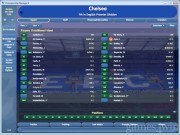
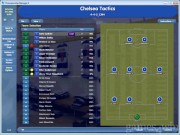
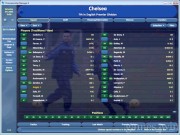
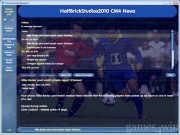
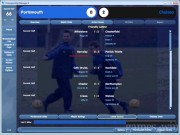
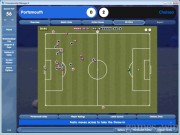
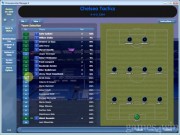
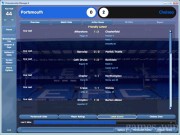

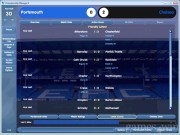
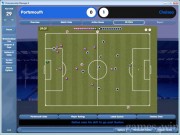
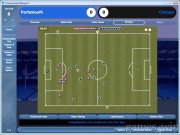
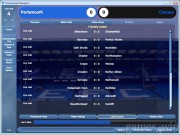
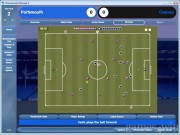
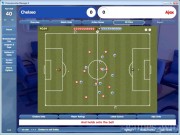
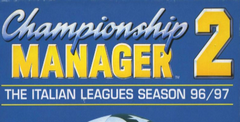 Championship Manager 2
Championship Manager 2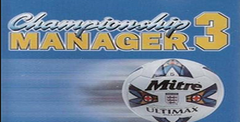 Championship Manager 3
Championship Manager 3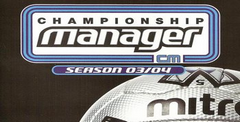 Championship Manager Season 03/04
Championship Manager Season 03/04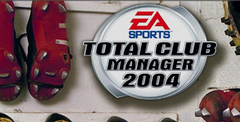 Total Club Manager 2004
Total Club Manager 2004 Championship Manager 2008
Championship Manager 2008 Need for Speed: Porsche 2000
Need for Speed: Porsche 2000 Football Manager 2005
Football Manager 2005 Championship Manager 5
Championship Manager 5